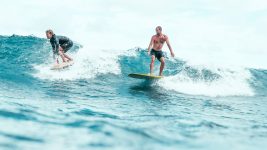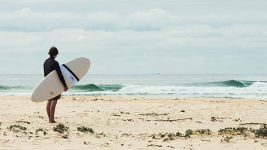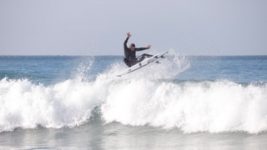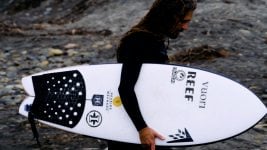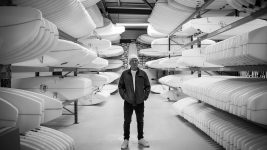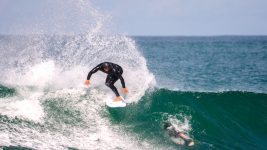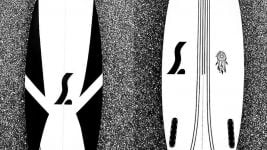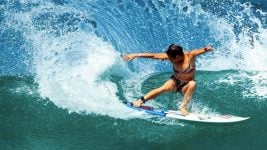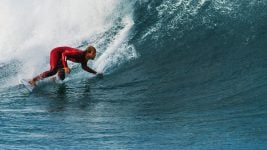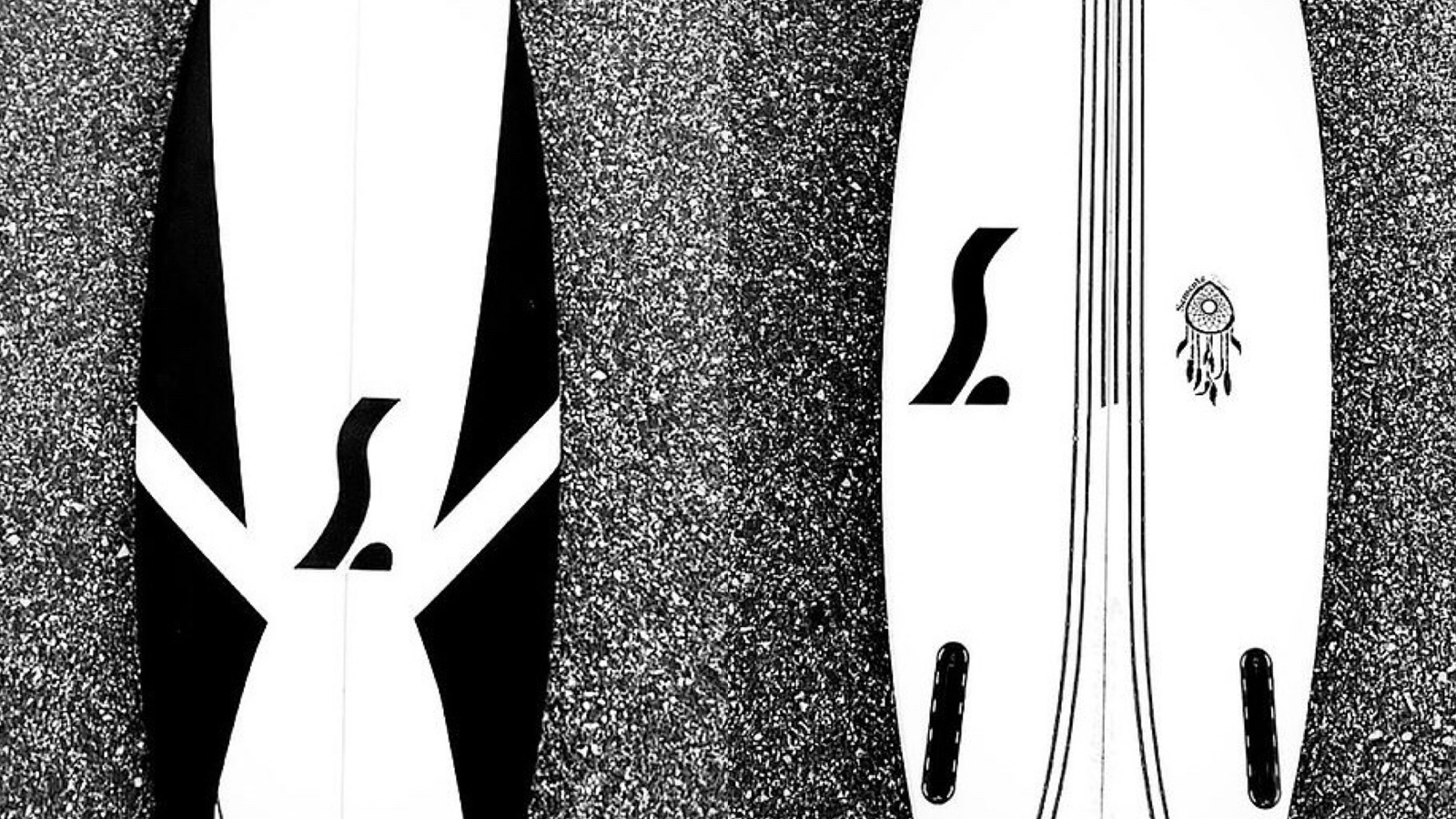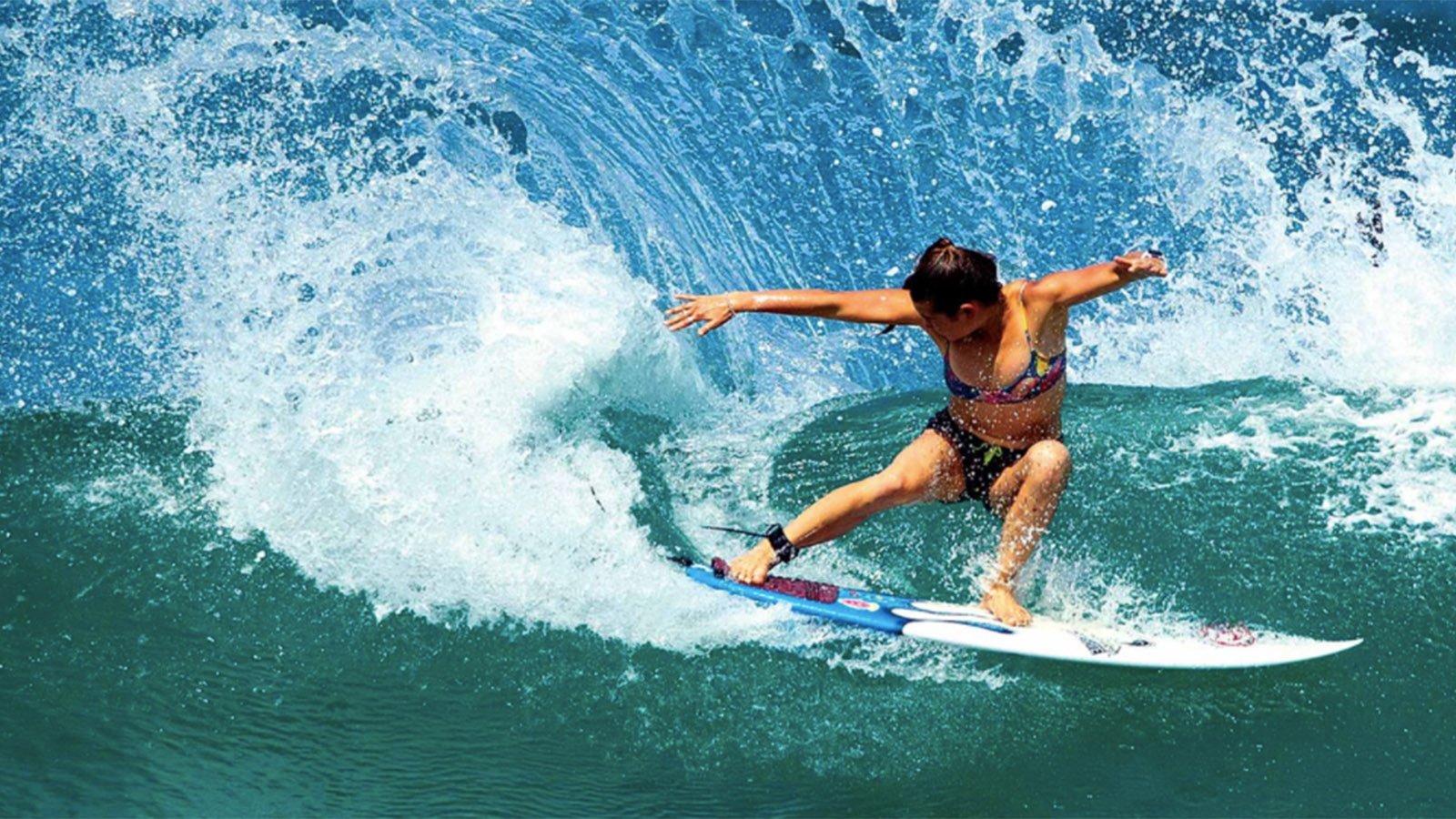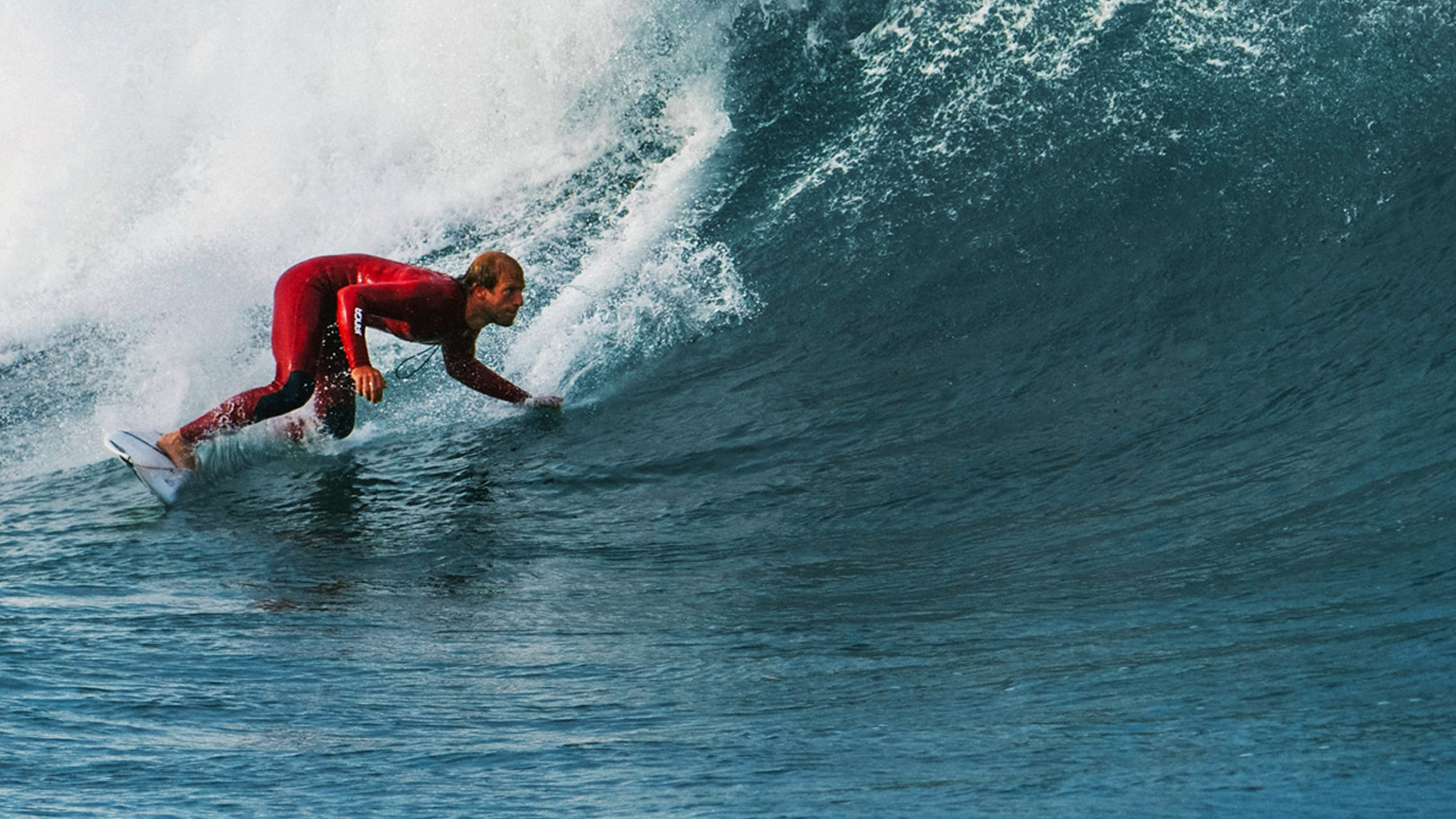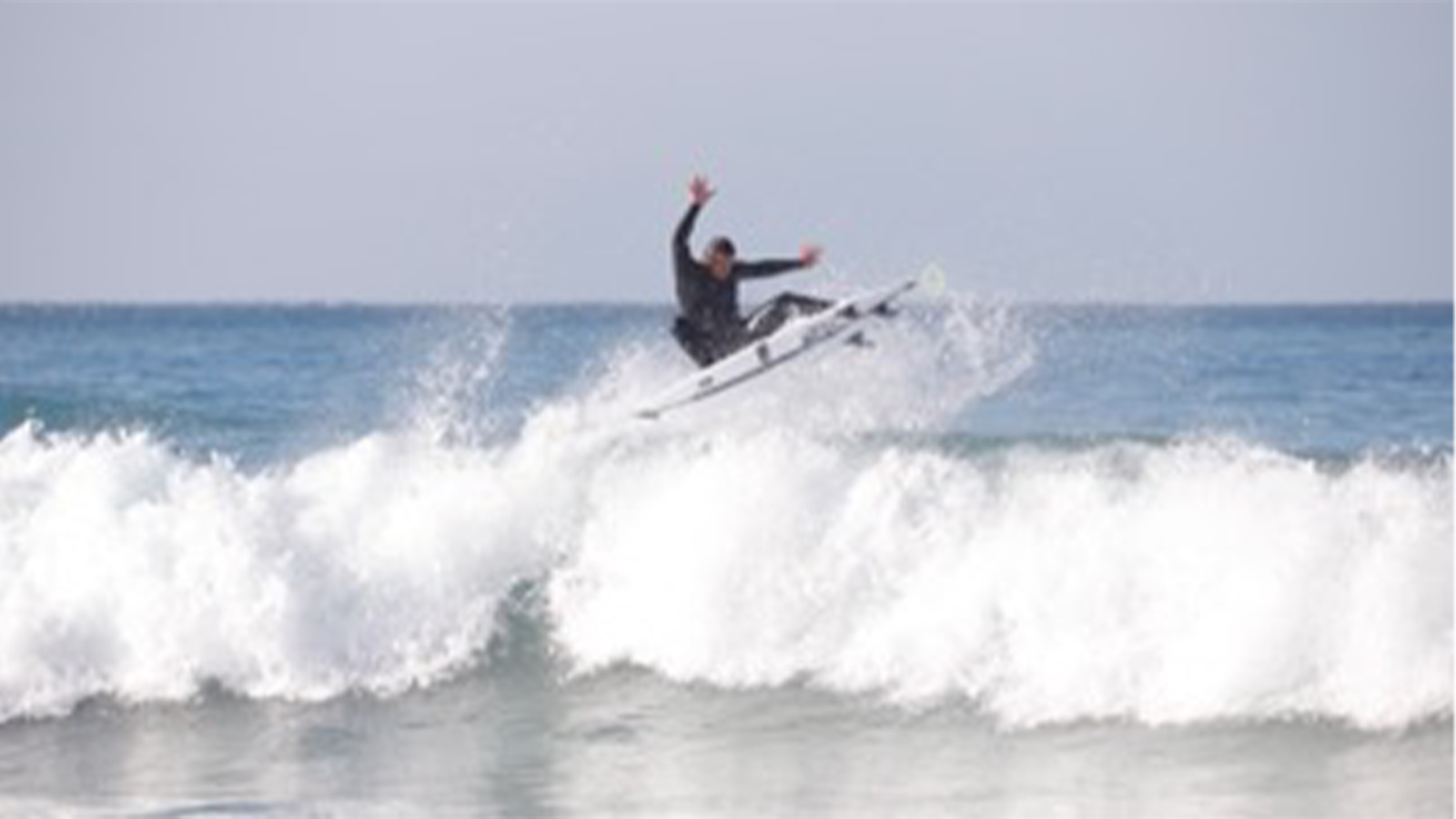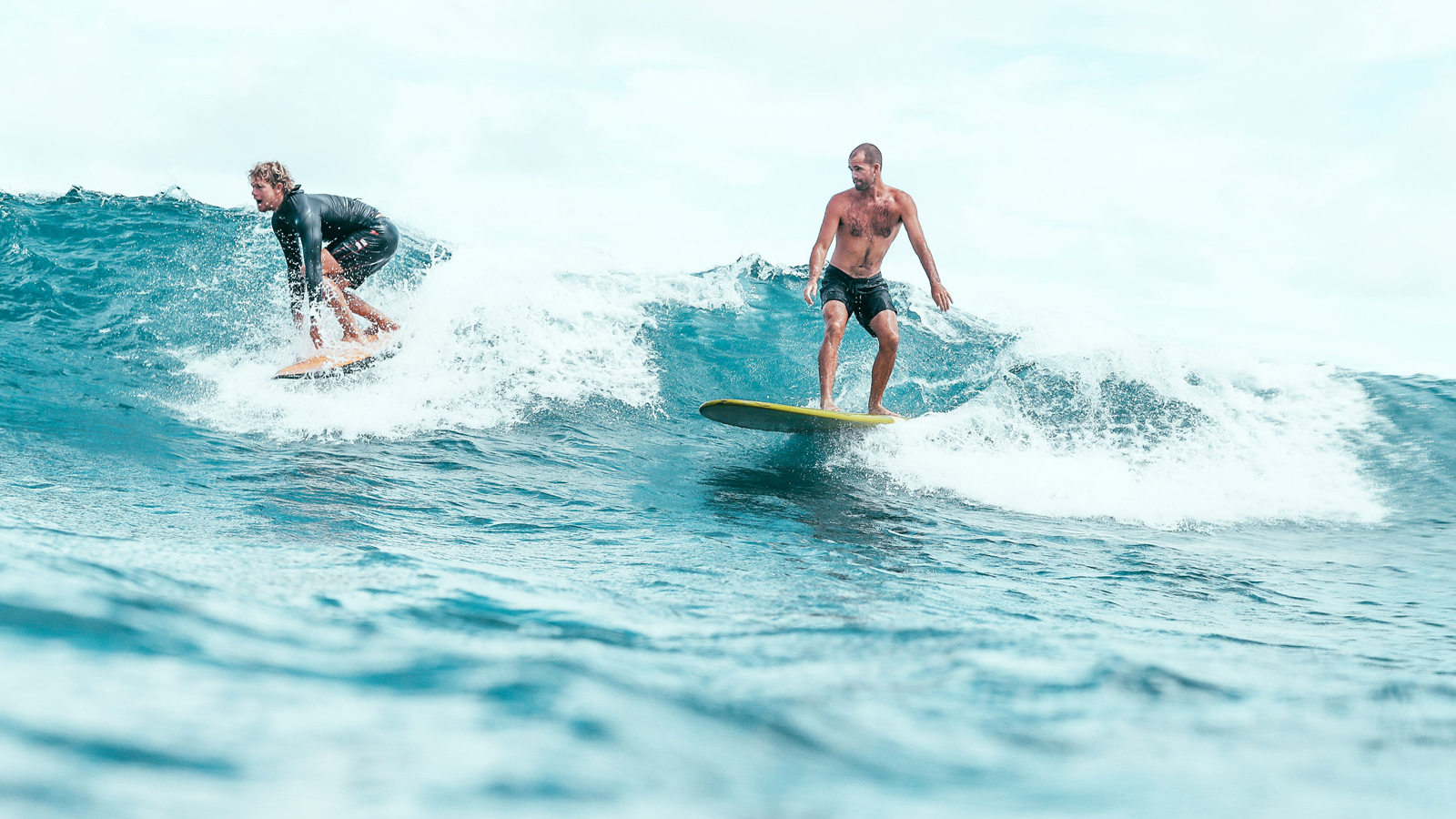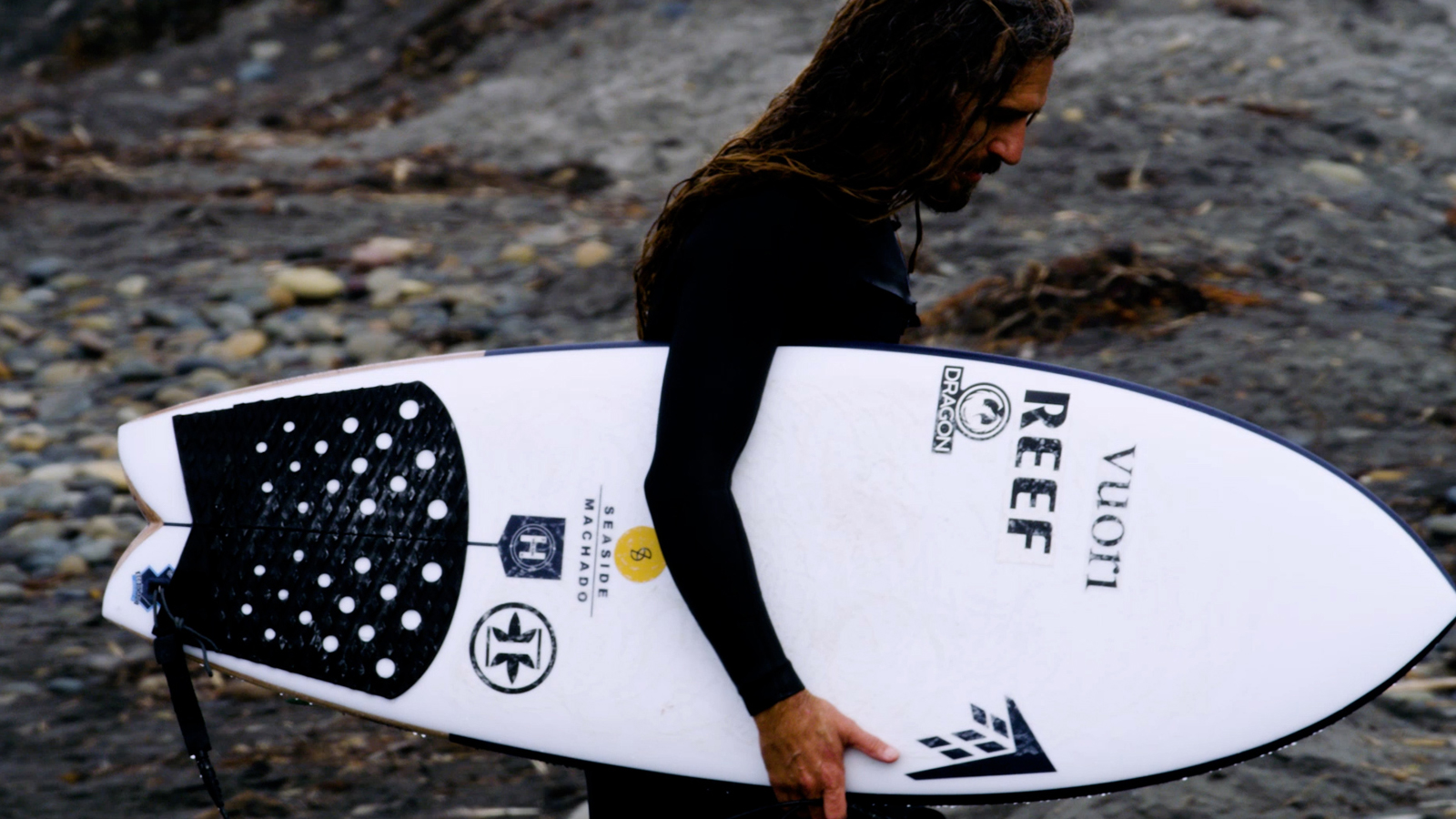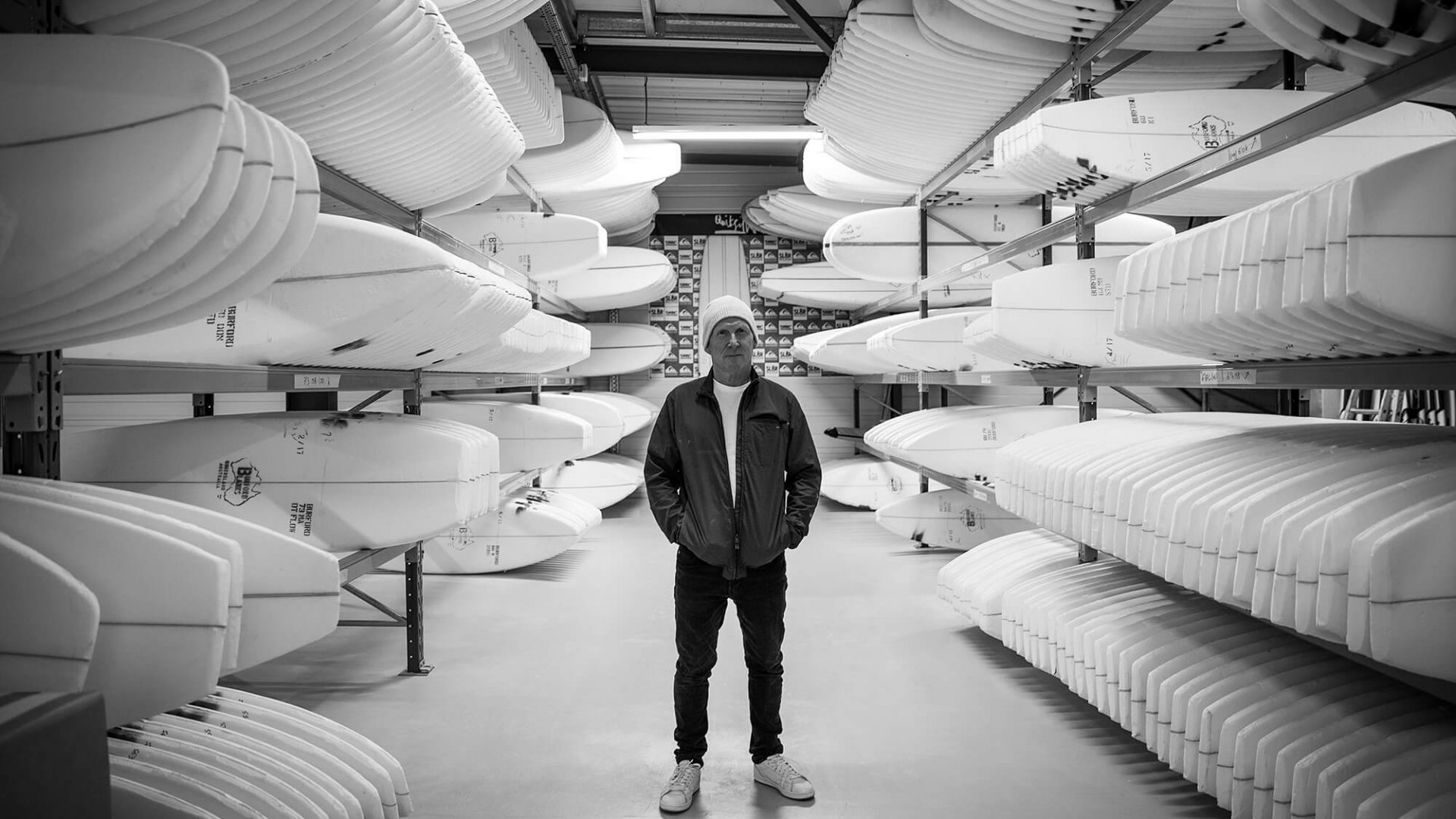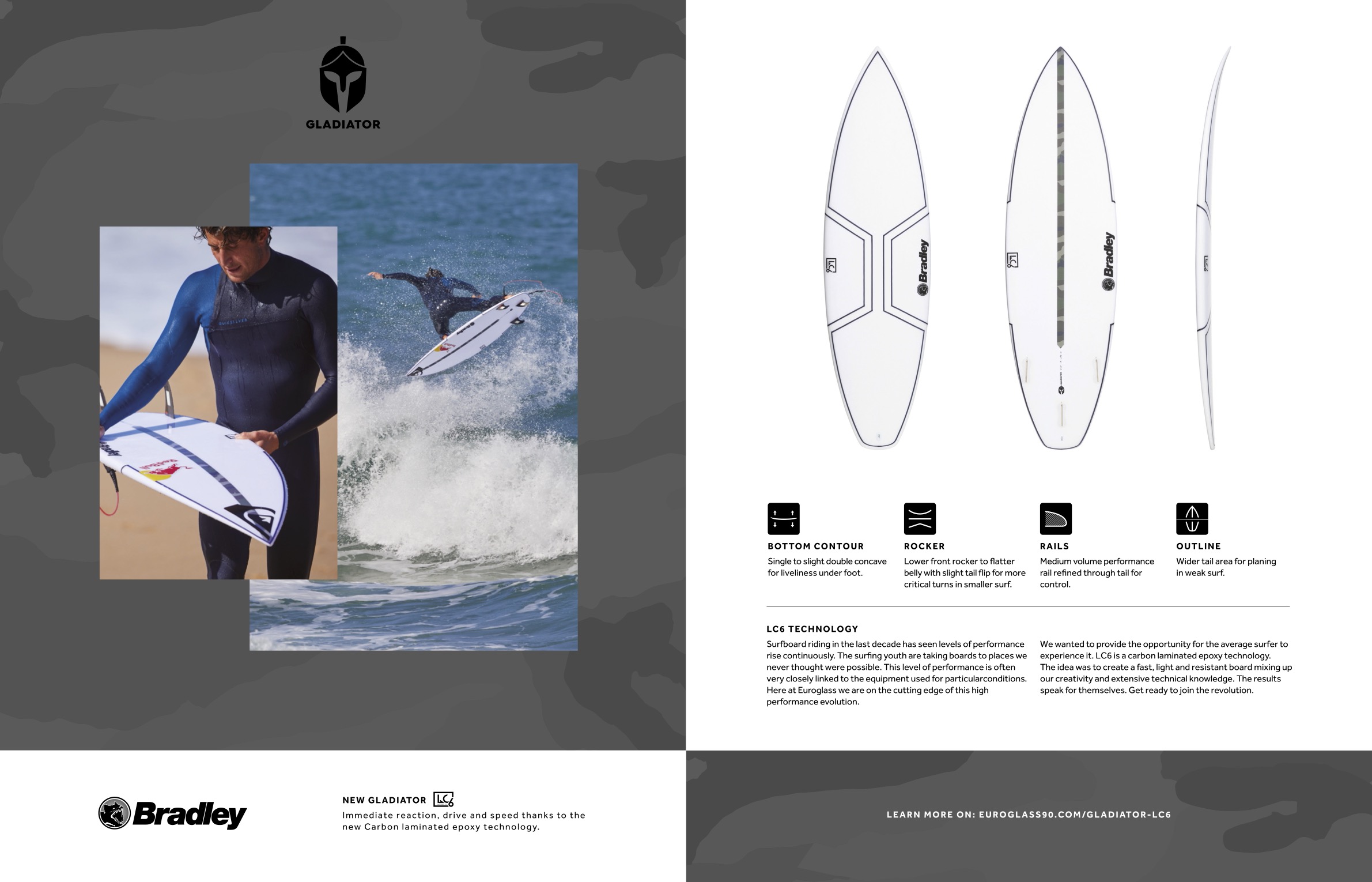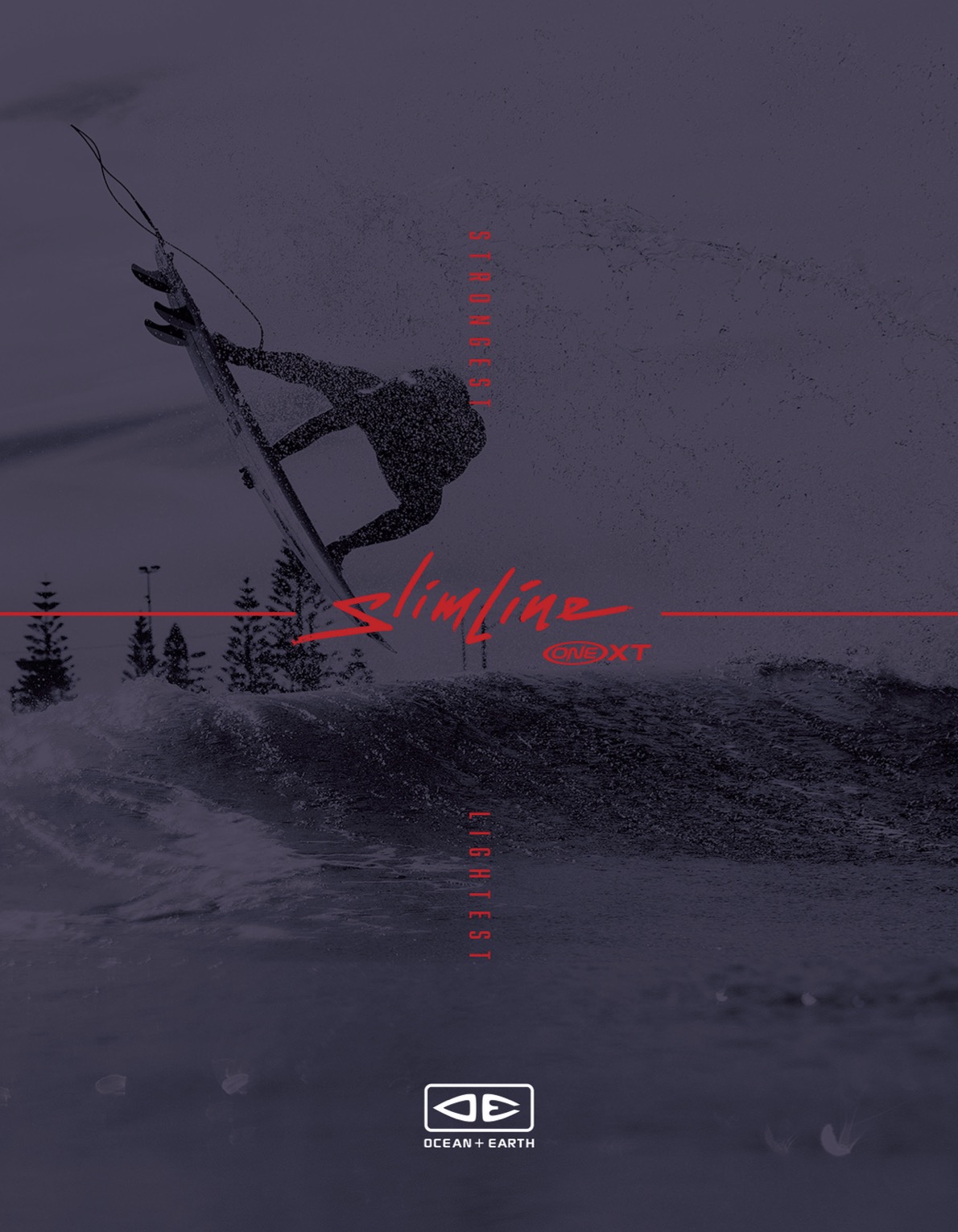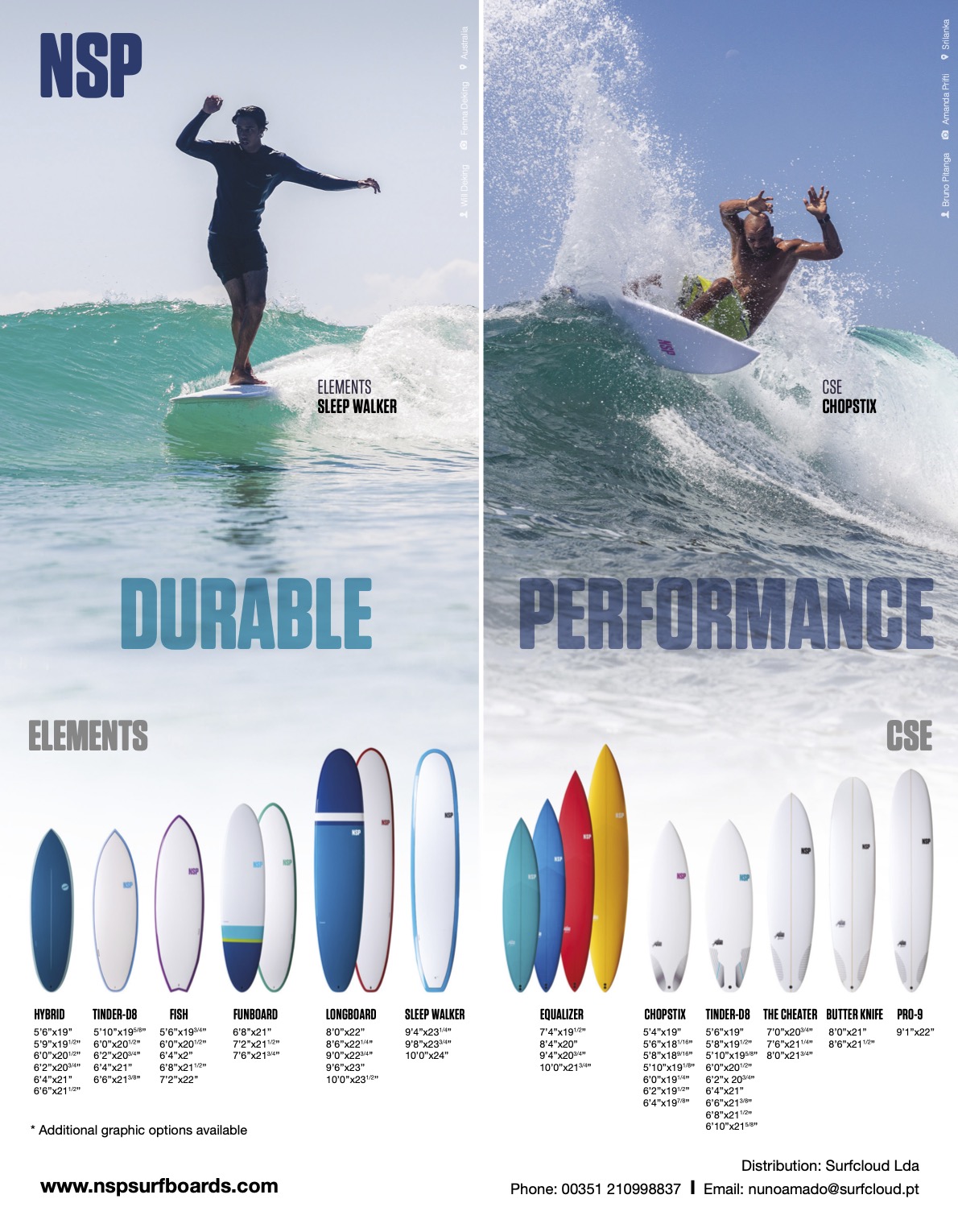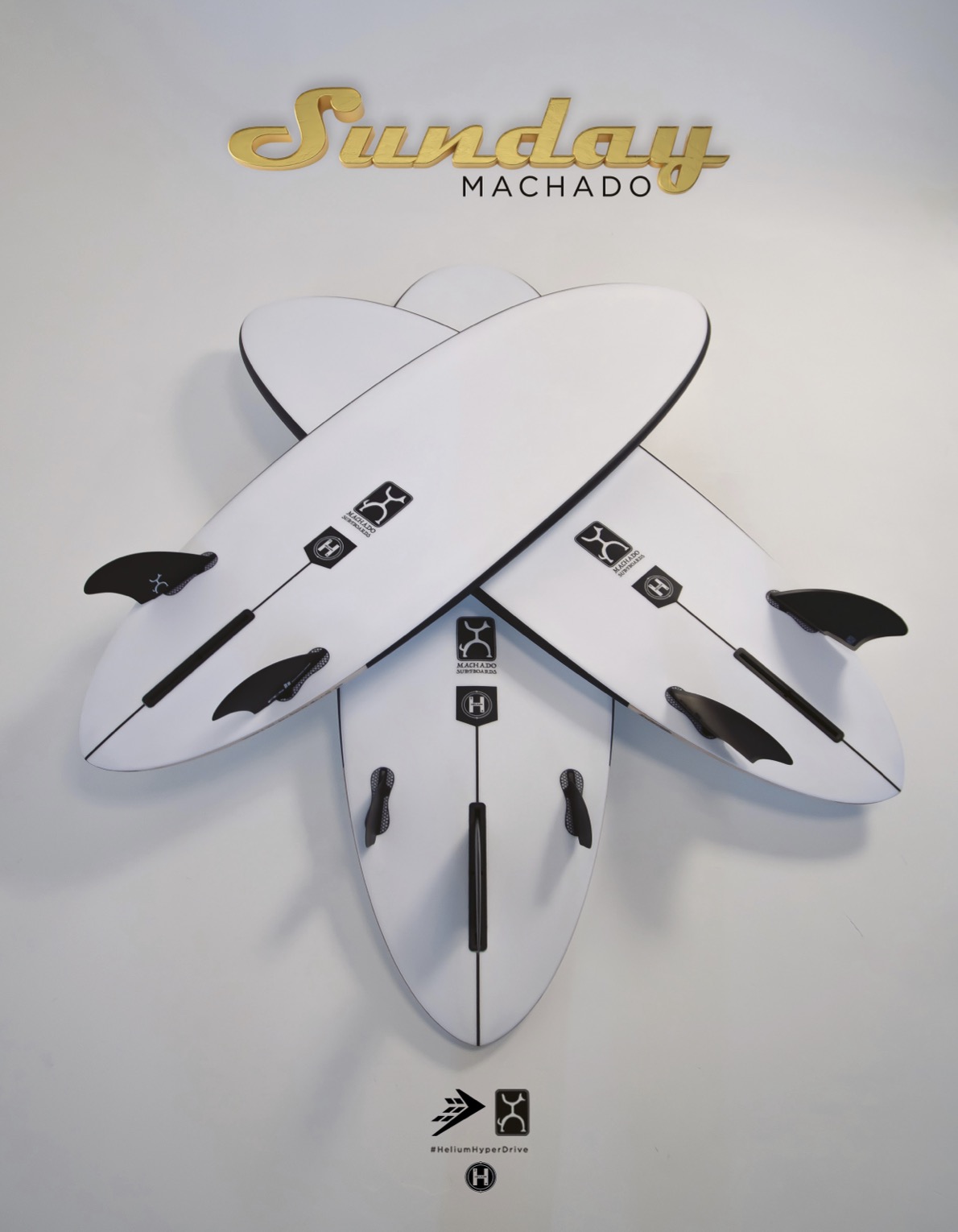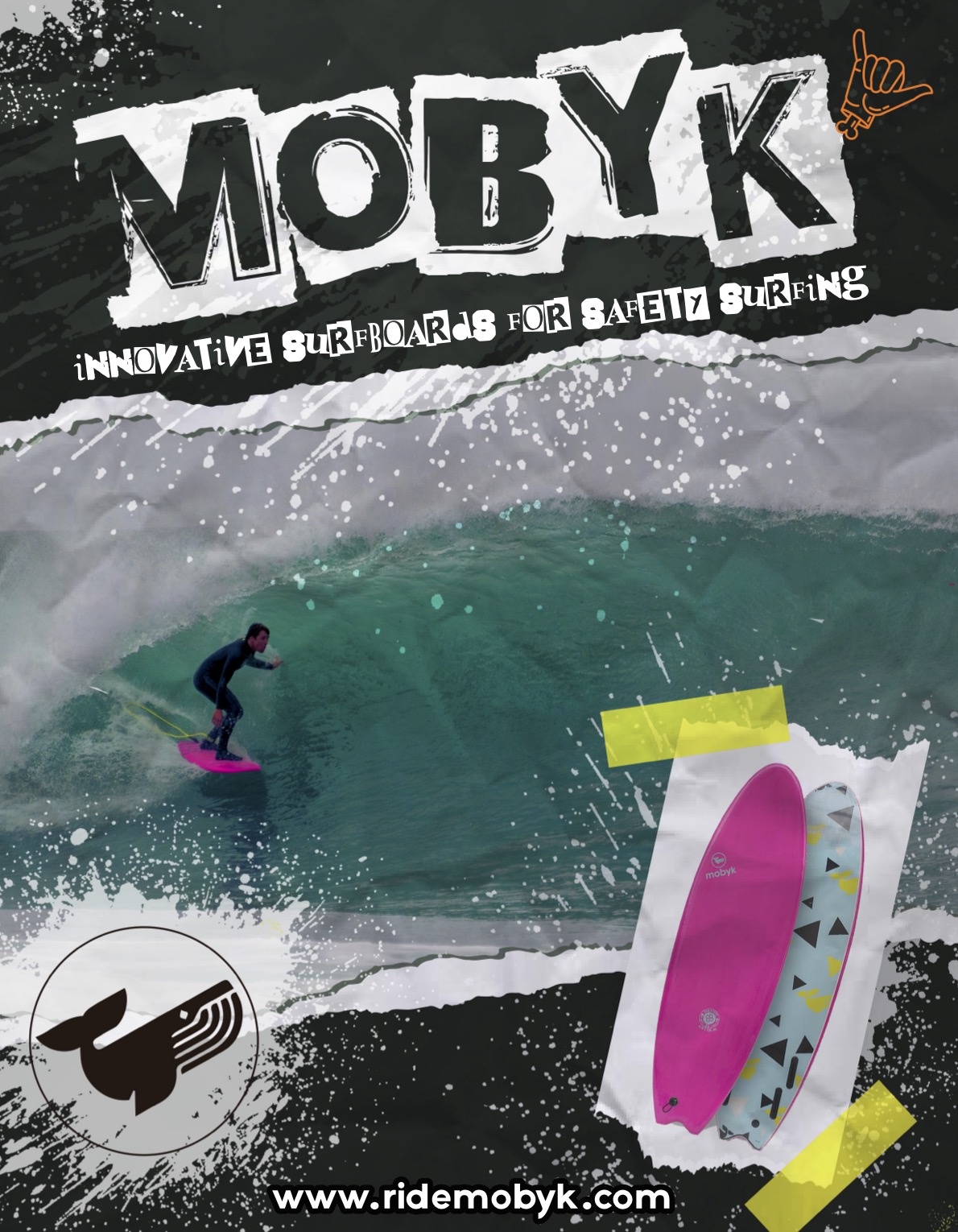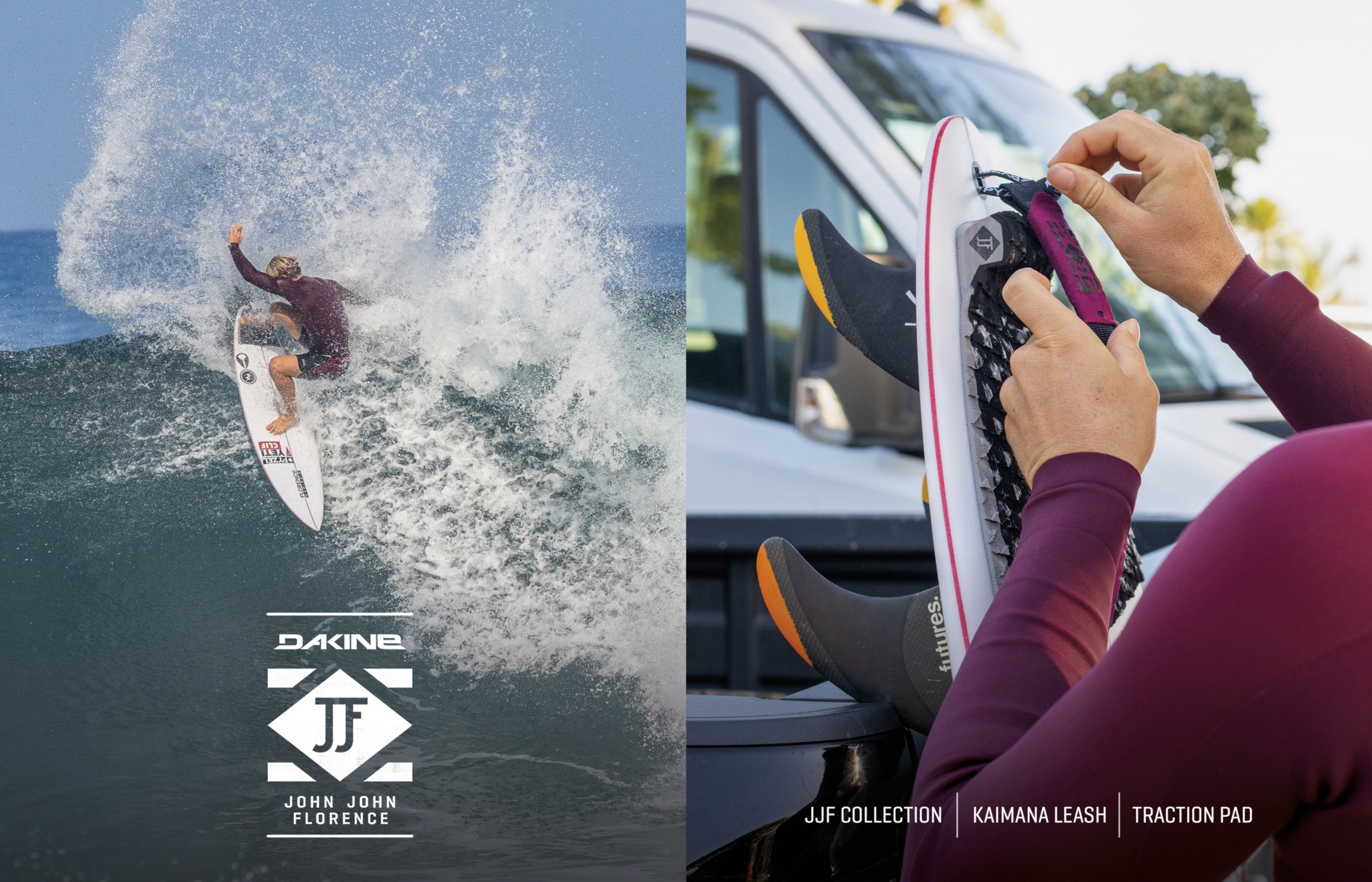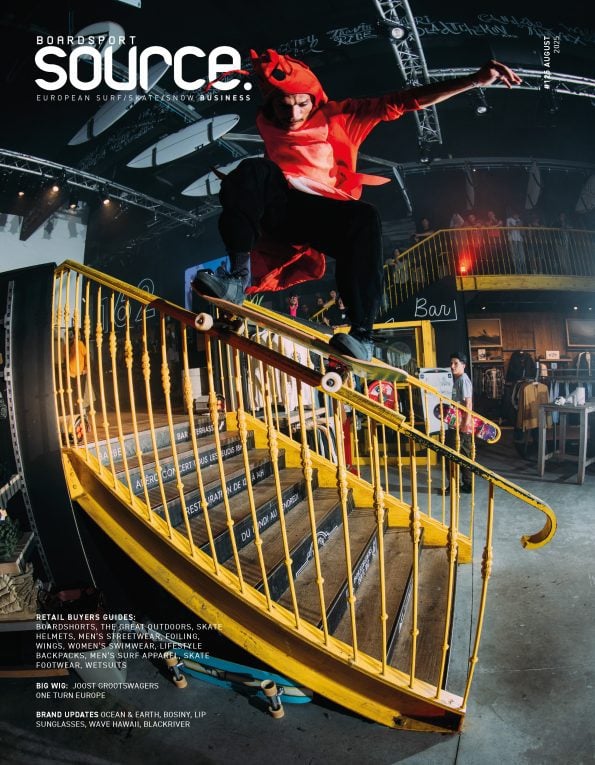Surfboards 2021 Retail Buyer’s Guide
What do the COVID vaccine and surfboards have in common? We are hoping that we will have sufficient supplies of both in 2021… The question is not whether surfboards will sell well this summer, the issue is how to properly meet the demand when the time comes to making your orders. Ensuing trends with David Bianic in this Surfboards Buyer’s Guide 2021.
The equipment market has already been going well for some time, so now it’s all about meeting this exponential demand and there are concerns that there won’t be enough boards to load into the drying room while the others sell like hot cakes. “We have been out of stock in almost every board and model since last November”, reveals Nuno Matta from Matta Surfboards in Portugal! And the reason for this is that the “supply chain and shipping is a nightmare at the moment,” confirms Andy Wirtz from Norden Surfboards at the other end of European surfing in Germany. He has managed to get his customers to accept a price increase but one that doesn’t even make up for “the fact that we are dealing with 4-5 x higher freight rates (than before).” For Kerry Powell at Jorcani Sports, Europe’s Surftech distributor, increasing board prices is not yet the order of the day but she is sure that the enormous costs of logistics will have an impact on the cheapest products on the market with a greater effect on their margins.
The cost of materials has risen partly because of the increase in oil prices, explains Nick Uricchio, Co-Manager and head shaper at Semente Surfboards: “All by-products like resins, acetones and polyurethane are directly affected.” For him, one solution was to consolidate his partnership with Portuguese blanks manufacturer Formula One. For brands relying on Asian manufacturers like Haydenshapes, delays are to be expected, reveals Bernardo Cioni (Director of European distributor Holy Sport), but the boards will be “in shops in May, June and beginning of July” and restocks have already been anticipated in their manufacturing.
BEGINNERS = SOFTBOARDS?
Schools and surf shops have been signalling the widespread arrival of new participants since the spring of 2020. For a giant like NSP, this beginner/intermediate category is at the heart of their business and to consolidate their position the brand is adding to their range in 2021 with a Teacher’s Pet model, “designed specifically as a price point for surf schools with aids marked on the board to help teachers and students, plus the boards come with a convenient click-fin system”, reveals Caren Forbes (Marketing Director). This kind of firm positioning towards a more “casual” use can reap rewards if you are to believe Benoît Brecq, Brand and Marketing Manager at Venon, who saw a 30% rise in turnover in 2020: “The performance shortboard is not our target, nor that of our customers.” When it comes to positioning, a noteworthy strategy comes from the Sindustry group in Spain who are rolling out three brands according to the surfer’s standard/needs: boards from Alone (high-performance, PU and EPS), Next (beginner/intermediate, 100% PU) and finally Mobyk, softboards “seen on the big wide summer beaches to the massive waves at Escondido”, affirms General Director Santo Zaldua.
However, all the brands we asked and without exception refute the hypothesis that softboards represent a threat. “Technically, like back in the days of BIC, we’re seeing it in a positive light”, assures Thomas Cardinal, Co-Manager of UWL Surfboards in France because the “softboard customers of today will be our “classic” board customers of tomorrow”. A certain number are also seeing softboards as an alternative market rather than direct competition: “The idea behind it is to produce boards that can suit beginners but can also be really fun and shreddable for a confirmed surfer”, explains the Marketing Team Europe at Pyzel who launched a John John Florence softboard aimed at “funformance”. Another brand that knows how to use soft power, Ocean & Earth have a huge range of soft boards that they know how to push through sexy cross brandings, like the Ezi-Rider twin range with Mark Richards or their Creative Army longboards with soft epoxy construction in collaboration with WSL world champion Josh Constable.
TRENDS 2021: SIZE UP!
After a decade of shortening, the trend for longer boards is strengthening in 2021, giving rise to an unprecedented situation, as Chris Grow from Firewire summarises: “The increase in new participants together with an ageing surf population moving to longer boards has had an effect on the total mix.” Indeed, their mid lengths have been a great success, capable of attracting both beginners as well as expert surfers thanks to their choice ambassadors such as Rob Machado, C.J. Nelson and Harley Ingleby. It’s the same reasoning that pushed Haydenshapes into developing a “mid” named Glider, “a style of shape requested by Craig Anderson to surf in average waves as well as on some bigger days at home, when he couldn’t travel”, explains Brock Carpenter. Already featuring in Torq’s range for some time now, the Mod Fun has also found a second wind thanks to this fashion for mid lengths, available in TET and TET-CS (Carbon Strip) construction and in sleek colours that evoke traditionally glassed retro boards even though they are actually moulded boards.
In line with mid lengths, the volume of shortboards is also continuing to expand, assures Mr. Thruster himself, Simon Anderson: “What’s trending for me is custom adaptations of old favourite boards including high performance designs, no longer but with a little more volume to 70’s single fins or multi-generational retro thrusters.” This niche is also one for T&C, as confirmed by Arnaux Touix, partner of Wilco Prins and Stephan Moretti who are relaunching the brand in Europe: “Twinnies and mid lengths or however you want to call them are definitely shapes that will continue to gain ground.” Along the same lines are their Glenn Pang Saint, Sinr and Tanaka Glide models that worked really well in 2020.
TRENDS 2021: TWIN TO WIN
Twin-fins continue to gain ground but in a different form. Retro shapes have now been overtaken by modern versions of the twin. After the global success of the hybrid shortboard Hypto Krypto, Haydenshapes are getting in on the action and will soon be offering a Hypto Twin model in a twin-keel fish. Thomas at UWL confirms that this shape is really taking off and that orders are stacking up for their Possessed Twin (retro look performance fish) and Twin Perf (modern twin able to take off like a shortboard). The perfect recipe is now maybe to combine a “heritage” shape with a modern swipe of the planer, like on Glenn Pang from T&C’s The Saint, “a piece of surfing history”, assures Arnaux Touix, with a slight rocker in front then flat in the middle before reaching its V-bottom at the back, “with slight adjustments to rail and thickness to meet modern performance standards”.
TRENDS 2021: IS THE HIGH PERFORMANCE SHORTBOARD DEAD?
Is the success of retro, mid length, twin and other longer boards to the detriment of high-performance shortboards? For Johnny Cabianca, Co-Manager of Basque Country Surf Company, it depends on the spot, like in Australia or California “where the level is higher”, most people surf on performance boards. So it’s not surprising that Firewire are prioritising their involvement in this market through their sure-fire hit models such as the FRK and Gamma. Equally, Nuno Matta is swearing by these ultra-technical models alone because they make up the majority of his business, models like the TLX by Travis Logie, the SMP2 by Sam Piter for the young guns and finally the J5 from Jadson André. The team at Pyzel say the high-performance shortboard is not under threat but that’s mostly because Jon Pyzel has managed to subtly adapt it so “the wide point and the volume were moved forward under the chest providing more paddle power and better wave entry”, while keeping the back end honed for manoeuvres.
While this type of shape is less present in the surf shop racks, it’s probably because it doesn’t enter into “retailer logic” explains Thomas from UWL, because the experienced “and therefore fussy surfer, would head more towards the custom mades”.
CONSTRUCTIONS: CHOOSE YOUR CAMP
Tea or coffee? Cream or jam first on your scone? Everyone has their own tastes and when it comes to surfboards, the choice between PU and EPS is not even on the agenda, it’s a question of feel, as “little big boss” of Euroglass Stephen Bell reminds us: “Due to the foam’s weight and density that PU / PE boards have, it sits a little lower in the water, helping to keep your rail under, giving you a nice curve.” With reduced weight, better float and superior pop, EPS/epoxy boards are traditionally aimed at small waves, but that is changing: Pyzel are developing EPS step-ups for Pipeline because “the reactiveness of the material is good for tube riding.”
Despite this, good old polyurethane dominates production again in 2021: between the 100% PU from Euroglass and the 100% EPS from Firewire and Torq, the average split works out to a ratio of about 80/20 in favour of PU.
DISTRIBUTION: E-COMMERCE TO THE SHOPS’ RESCUE
Closures linked to lockdowns, social distancing, etc, the restrictions have forced our market players to use digital tools more than ever. For example, Euroglass have developed a B2C online platform as well as a B2B, while Firewire’s e-commerce site sends their traffic to retailers. Firewire are also falling back on drop shipping “to help retailers capture sales through their online stores”. This relatively recent operational method seems to be a viable solution for all the players in the chain, especially retailers who are spared from the pressures of having stock in their often-closed stores. Not for too much longer we hope, fingers crossed.




